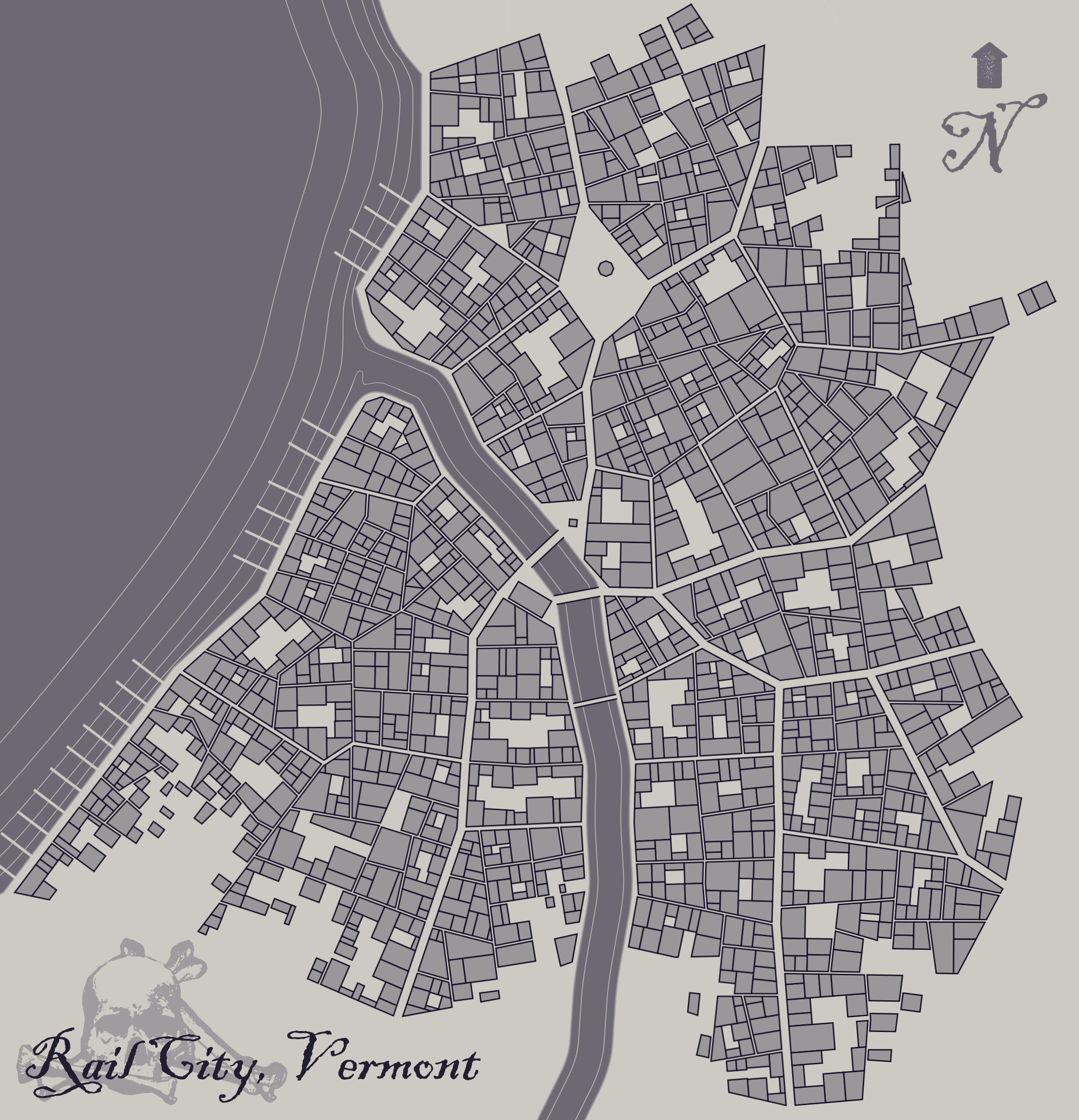

(14) In the presence of oxidants such as ozone or the hydroxyl radical (OH), oxidation products can be formed. Several hundred bioeffluent VOCs are known to be emitted via breath and skin. Humans are a potent, mobile source of chemicals in indoor environments. With ozone present, the total OH reactivity decreased slightly with increasing age. No significant difference in total OH reactivity was observed for different age groups (teenagers/young adults/seniors) without ozone. With ozone present, OH reactivity nearly doubled, with the increase being mainly caused by dermal emissions of mostly carbonyl compounds (57%). Without ozone, the whole-body OH reactivity was dominated by breath emissions, mostly isoprene (76%). Ozone exposure (37 ppb) was found to have little influence on breath OH reactivity but enhanced dermal OH reactivity significantly. The comparison of directly measured OH reactivity and that of the summed reactivity of individually measured species revealed no significant shortfall. Whole-body, breath, and dermal emissions were assessed. In this study conducted in a climate chamber occupied by four people, the total OH reactivity of air was quantified, together with multiple VOCs measured by proton transfer reaction time-of-flight mass spectrometry (PTR-ToF-MS) and fast gas chromatography–mass spectrometry (fast-GC–MS).

While previous studies have characterized human emissions in indoor environments, the question remains whether VOCs remain unidentified by current measuring techniques. Such direct anthropogenic emissions are gaining importance, as those from furnishings and building materials have become better regulated and energy efficient homes may reduce ventilation. Humans are a potent, mobile source of various volatile organic compounds (VOCs) in indoor environments.


 0 kommentar(er)
0 kommentar(er)
